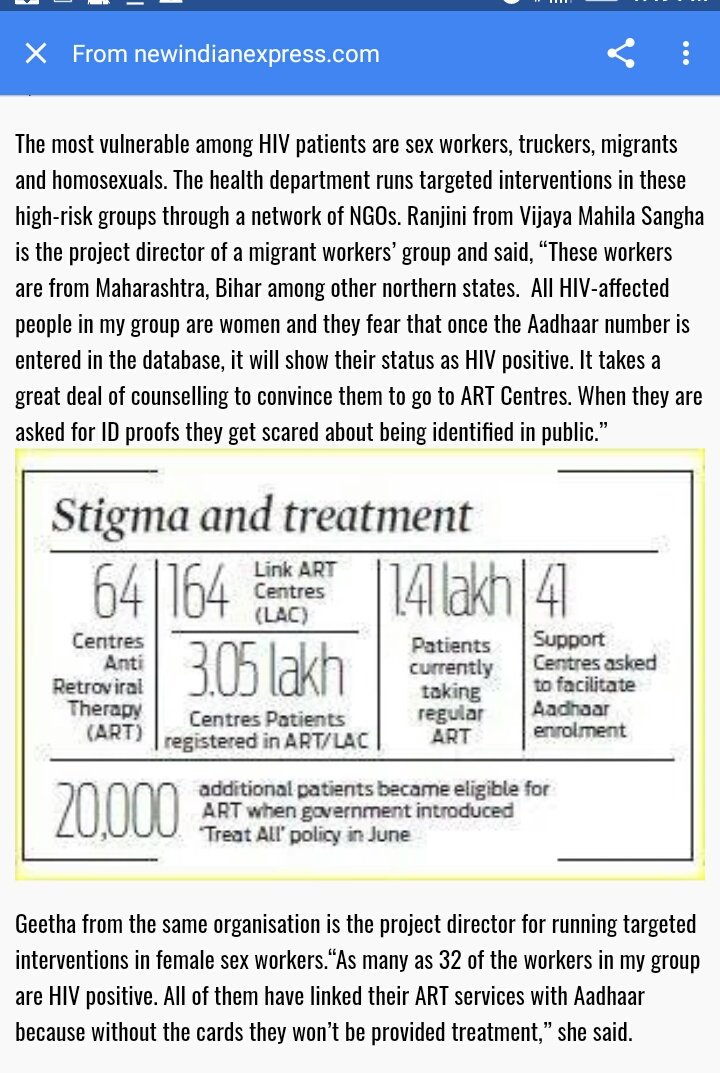Hijaab in Arabic means covering or concealing. Hijaab is the name of something that is used to cover. Everything that comes between two things is hijaab.
Hijaab means everything that is used to cover something and prevent anyone from reaching it, such as
Khimaar comes from the word khamr, the root meaning of which is to cover. For example, the Prophet (peace and blessings of Allaah be upon him) said: “Khammiru aaniyatakum (cover your vessels).” Everything that covers something else is
But in common usage khimaar has come to be used as a name for the garment with which a woman covers her head in some cases this does not go against the linguistic meaning of khimaar.
Some of the fuqahaa’ have defined it as that which covers the head, the
The difference between the hijaab and the khimaar is that the hijaab is something which covers all of a woman’s body, whilst the khimaar in general is something with which a woman covers her head.
Niqaab is that with which a woman veils her face
But the niqaab or burqa’ which shows the eyes of the woman has become widespread among women, and some of them do not wear it properly. Some scholars have
Therefore, if the woman’s niqaab or burqa’ does not show anything but the eyes, and the opening is only as big as the left eye, as was narrated from some of the salaf, then that is
Shaykh Muhammad al-Saalih al-‘Uthaymeen (may Allaah have mercy on him) said:
The hijaab prescribed in sharee’ah means that a woman should cover everything that it is haraam for her to show, i.e.,
A woman is obliged to cover her face in front of anyone who is not her mahram (blood relative to whom marriage is forbidden).
🌸Fataawa al-Mar’ah al-Muslimah, 1/ 391, 392)
Shaykh Saalih al-Fawzaan (may Allaah preserve him) said:
The correct view as indicated by the evidence is that the woman’s face is
“And tell the believing women to lower their gaze (from looking at forbidden things), and protect their private parts (from illegal sexual acts) and not to show off their adornment except only that which is apparent
🌸[al-Noor 24:31]
When Ibn ‘Abbaas (may Allaah be pleased with him) was asked about the aayah (interpretation of the meaning):
“O Prophet! Tell your wives and your daughters and the women of the believers to draw their cloaks
🌸[al-Ahzaab 33:59]
He covered his face, leaving only one eye showing. This indicates that what was meant by the aayah was covering the face. This was the interpretation of Ibn ‘Abbaas (may Allaah be pleased with him) of this aayah, as narrated
In the Sunnah there are many ahaadeeth, such as: the Prophet (peace and blessings of Allaah be upon him) said: “The woman in ihraam is forbidden to veil her face (wear niqaab) or to wear the burqa’.” This indicates
This does not mean that if a woman takes off her niqaab or burqa’ in the state of ihraam that she should leave her face uncovered in the presence of non-mahram men. Rather she is obliged to cover it with
Women in ihraam and otherwise are obliged to cover their faces in front of non-mahram men, because the face is the center of beauty and it is the place that men look at… and Allaah knows best.
He also said:
It is OK to cover the face with the niqaab or burqa’ which has two openings for the eyes only, because this was known at the time of the Prophet (peace and blessings of Allaah be upon him), and because of necessity.
🌸Fataawa al-Mar’ah al-Muslimah, 1/399
And Allaah knows best.









